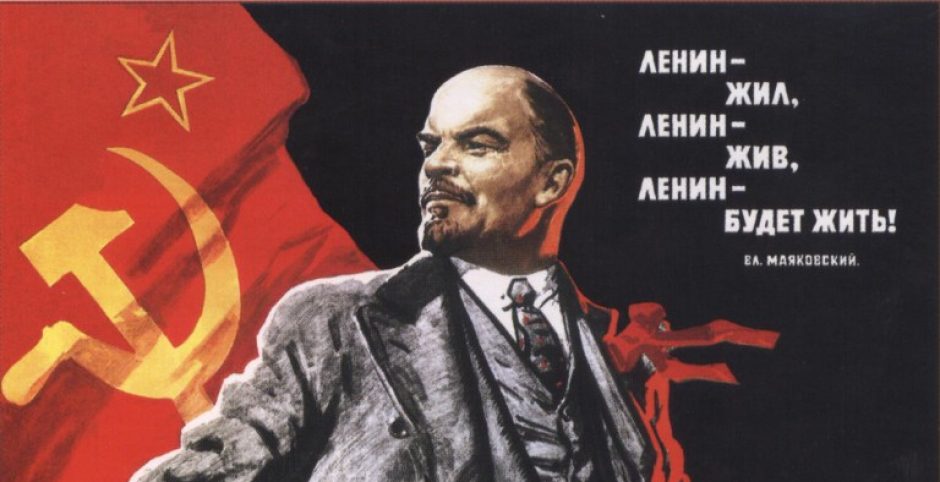Madariaga touches upon, in her description of the events surrounding the executions of Pugachev and four of his principal followers, Catherine’s secret intercession on behalf of the sentenced. By commanding the executioner to begin the quartering process with beheading, she aimed to minimize the agitators’ physical suffering, while maintaining a public façade of expedient and severe punishment. Moreover, this discovery of her interference was not determined until the twentieth century, speaking to the degree of its concealment. This requirement of Catherine to call for this grim concession, an act of fundamental humanity, “in a completely clandestine fashion,” suggests Madariaga, reflects curiously “on the nature of absolute power” (Madariaga, 63). Did this secrecy aid in consolidating an image of her as a stern leader, in efforts to dissuade dissenters from future instigation? In light of the manifesto issued March 17, 1775, granting mass amnesty to those at all attached to the revolt and reducing sentences, what do these two orders, both private and public, reveal of Catherine’s disposition as ruler? What was suggested to the public through the initial executions, then leniency? Furthermore, why was Catherine so eager to suppress memory of the Pugachevshchina and celebrate Russia’s defeat of the Ottoman Empire; what purposes did a bolstering of national morale serve her regime?
Meanwhile, Pugachev and his administration’s tactics suffered from disorganization, discordant ambitions, and illiteracy. The most coherent of their goals, “the ultimate political aim of Pugachev and his immediate followers…was the repudiation of the Russian state as founded by Peter the Great” (61). However, despite this aversion to Peter’s reforms, he still enlisted the former tsar’s terminology in his College of War. In its employment of many methods used by the standing tsarist regime, Pugachev’s administration “recreated for its own purposes the administrative structures it had overthrown” (62.) Further de-legitimization occurred in his marriage to the daughter of a Cossack. In what ways did this pretender’s ascension require from the public ignorance or a suspension of disbelief? How did Catherine’s constituency differ from those beneath Pugachev? Where subtlety and precision served Catherine’s role as leader, a fraught environment and a stubborn imagination promoted Pugachev as he managed to manipulate an atmosphere of unrest.
